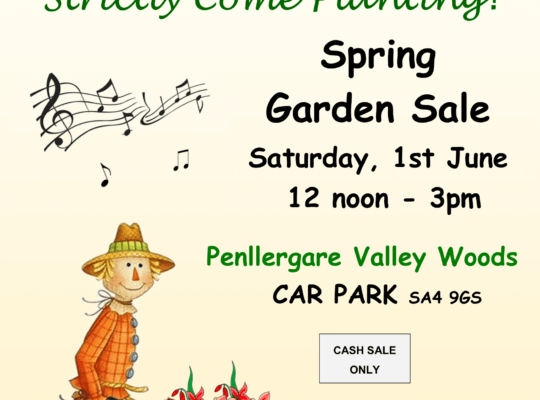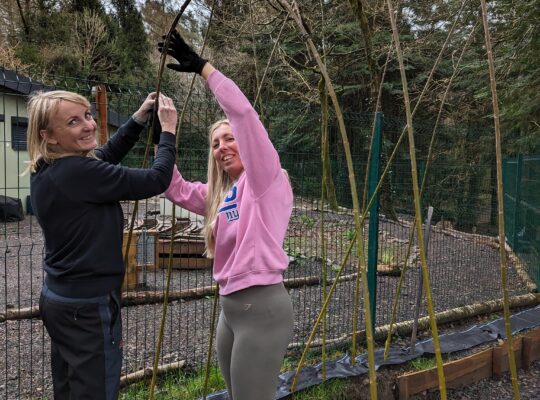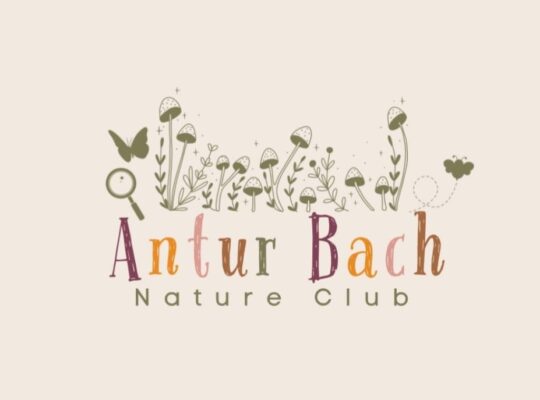Rewilding Penllergare
Our trustee Ciaran O’Brien explains how rewilding was happening here at Penllergare before it was fashionable
Rewilding is a hot topic in conservation circles, getting an airing in the mainstream media, the publications of conservation organisations, such as The Woodland Trust, as well as in the ecology literature. The journal British Wildlife has published a series of eight articles on rewilding in the last year and a half, providing an overview of the topic from various angles.
So, what is meant by “rewilding” – Rewilding Britain, https://www.rewildingbritain.org.uk, describes it as the reinstatement of natural processes and large-scale restoration of ecosystems to the point where nature is allowed to take care of itself. This is ultimately a vision of self-regulating ecosystems at a landscape scale with a suite of browsing herbivores and their predators and minimal human intervention. Unlike in the US, where the astonishingly ambitious Yellowstone to Yukon (Y2Y) Conservation Initiative encompasses 1.3m km2, rewilding projects in Europe and certainly in the UK are at a much more modest scale, geographically and in terms of the accommodation of top predators.
Sometimes rewilding is misconceived as a desire to restore some primeval ecology that existed before widespread human impact. This notion misses the essence of rewilding, which is actually forward looking with a considerable degree of uncertainty about the eventual outcome but hope, supported by some evidence, that the process will result in an increase in biodiversity and ecosystem resilience. In contrast, “traditional” conservation is usually focussed on a predetermined endpoint of ecosystem or species conservation usually involving quite a bit of human intervention and often on isolated reserves.
In the wider context, one can think of different locations lying on a scale of “wildness” – from those with little nature content and heavy human impact at one end to those with fully functioning ecosystems at the other. Rewilding aims, where the potential exists, to move land as far as possible towards the wild side!
The reduction and eventual abandonment of management of the Valley Woods after the family left in the late 1920s resulted in a de-facto period of rewilding, eventually manifest in patches of even-age woodland where there had been pasture, the silting of the lakes, the degeneration of the built elements of the estate and the uncontrolled growth of invasive non-native species. Whether this process led to a net gain in biodiversity is very difficult to say, though it very likely led to a change in the range of species present, as the landscape evolved from more open pasture to one dominated by woodland.
Any benefits of this process of unintentional rewilding have to be set against the ecological impact of invasive plant species spread, the deterioration of the cultural heritage of the valley and the reduction of access to the woods for the local community.
The Trust has, of course, spent the last twenty years trying to reverse this process, at least in parts of the Woods and where our capacity has allowed! The Trust will never have the means, or indeed desire, to micromanage the entire valley and it is actually that sense of wildness, which is one of the major attractions of the place.
Featured Photograph – The Lower Lake by Wayne Maunder (2021)


